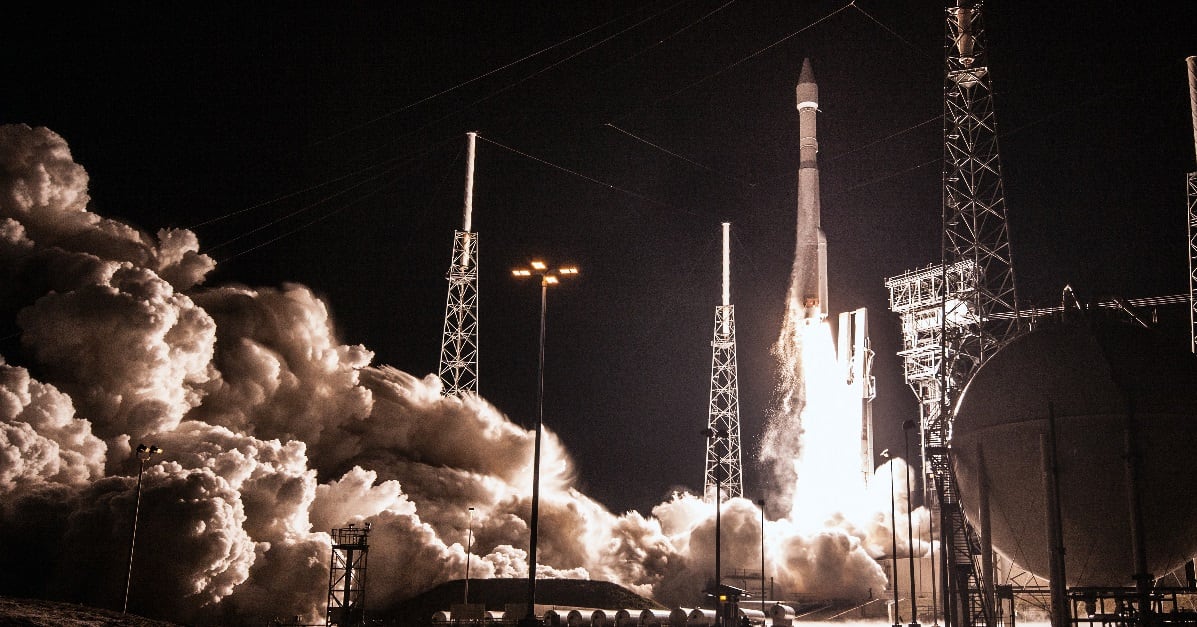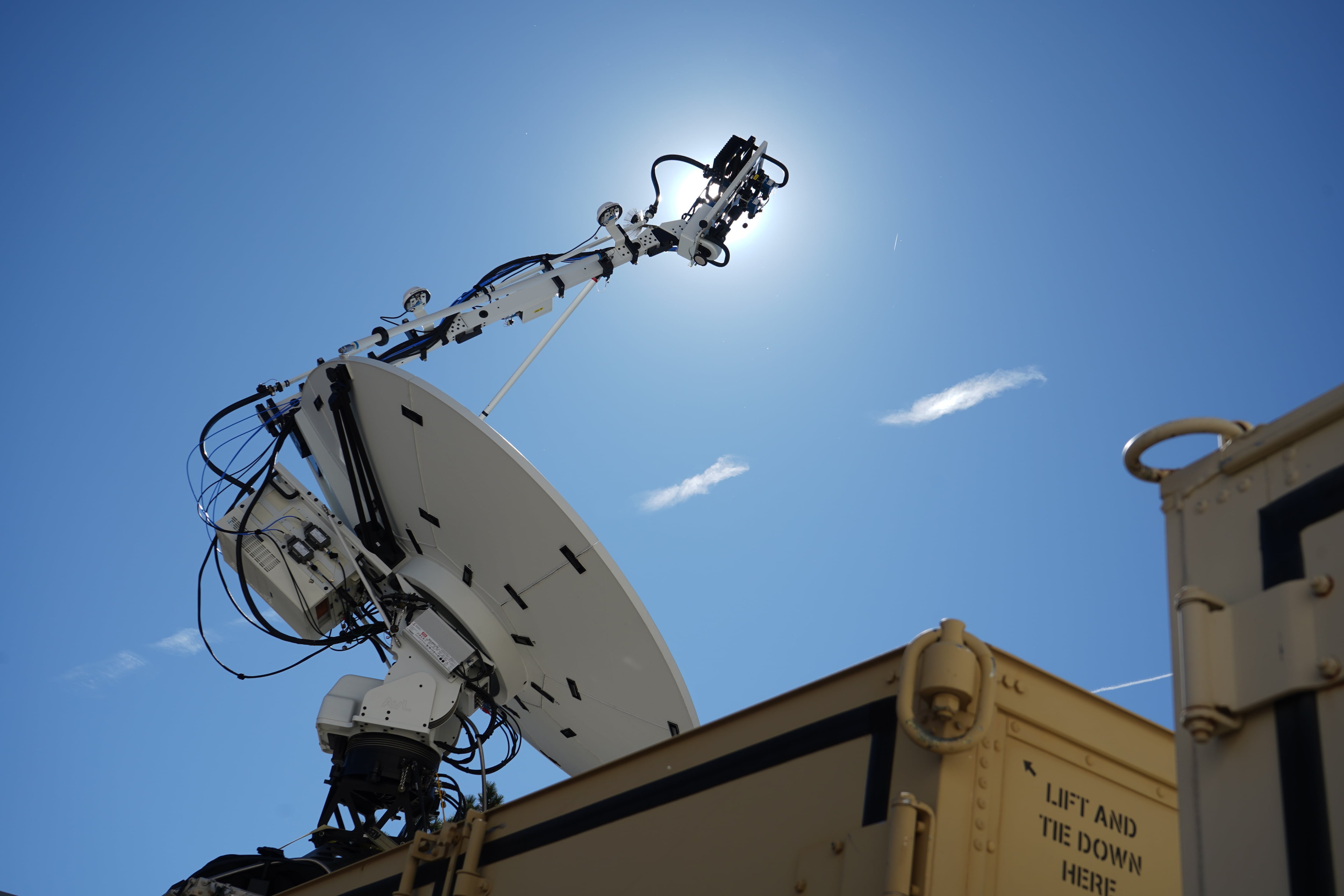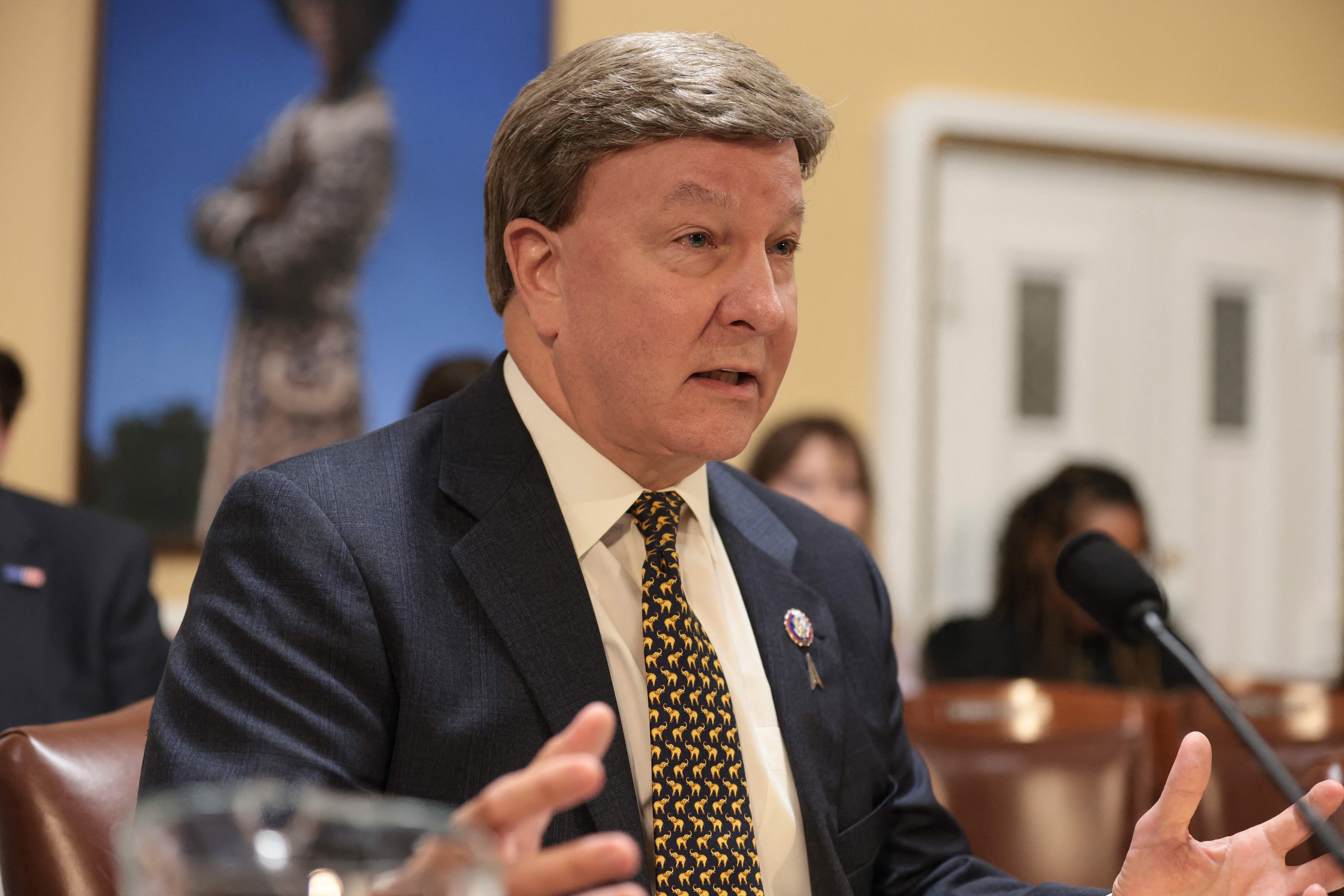WASHINGTON — The question of whether the Space Force will be an entirely new military department or reside under the Department of the Air Force has been settled, the Pentagon’s No. 2 leader said Thursday.
But Deputy Defense Secretary Patrick Shanahan isn’t ready to say which way Pentagon leaders are leaning.
“There were two primary options,” he told reporters Dec. 13. “We’re now down to one option. I’m really not in a position to disclose what that one option is, but I can tell you that the legislative proposal itself probably tomorrow will start to go through the [Pentagon] for coordination.”
RELATED

The cost of the new service is also still awaiting finalization, Shanahan said, but the focus will be on spending money to gain new capability rather than adding bureaucracy.
“To use an aerospace term, we’re on final approach,” he said. “In terms of maintaining the timelines and doing the work, we’re on track to being able to put together the proposal.”
RELATED

President Donald Trump in June directed the Pentagon to create a Space Force, a new military branch for space that would be “separate but equal” to the other services.
While some initially presumed the Defense Department would pursue the Space Force not only as a separate organization from the existing services, but as an independent military department, it later emerged that department leaders were considering alternate approaches.
In November, Defense One reported that some in the Pentagon believed a Department of the Air Force-owned Space Force was more likely to garner congressional approval, and that an Oct. 26 memo called for options on how to structure the organization.
Shortly afterward, Politico reported that the administration continued to lean toward an entirely new department, citing a Nov. 19 draft presidential directive that was under review at the time of publication.
Either way, it appears that Trump is on board with the Pentagon’s way forward on Space Force implementation.
“The president has been briefed,” Shanahan said. “He’s given us guidance.”
Whether the Space Force emerges as its own military department or a division of the Department of the Air Force, Congress will have to pass legislation to create it. With a Democrat-controlled House of Representatives, that may be easier said than done.
Washington Democrat Adam Smith, who set to take over the House Armed Services Committee, has expressed skepticism over the Space Force proposal and indicated opposition.
But Shanahan said he is prepared to engage with Smith on ways to decrease overhead — one of Smith’s concerns.
“I think the back-and-forth will be to explain what is in our proposal, and where I feel very confident is that he and I have the same view about bureaucracy. Less is better,” he said. “If people give us a sense of what we need to take out, I’m happy to take the red pen out.”
While raising a Space Force requires congressional approval, the Defense Department can make other planned changes to its space organization — like standing up U.S. Space Command as a unified combatant command — on its own. More information on that new command may also be on the horizon, Shanahan said.
“I’m hoping that we will see some decisions on Space Command by the end of the year,” he said, adding that further details on the Space Development Agency — a new rapid procurement arm for space acquisition — won’t come into view until the department wraps up an ongoing 60-day exercise.
Valerie Insinna is Defense News' air warfare reporter. She previously worked the Navy/congressional beats for Defense Daily, which followed almost three years as a staff writer for National Defense Magazine. Prior to that, she worked as an editorial assistant for the Tokyo Shimbun’s Washington bureau.








